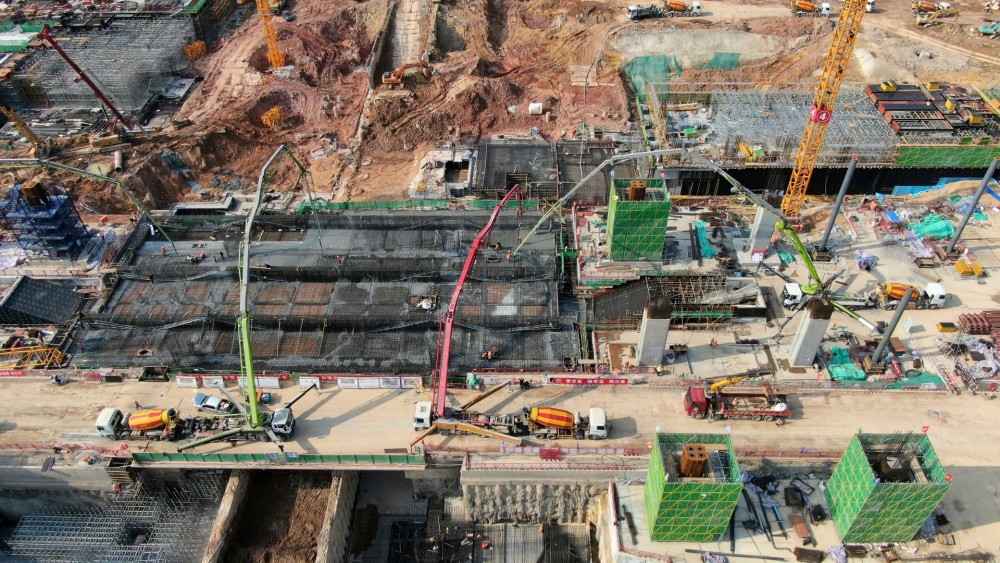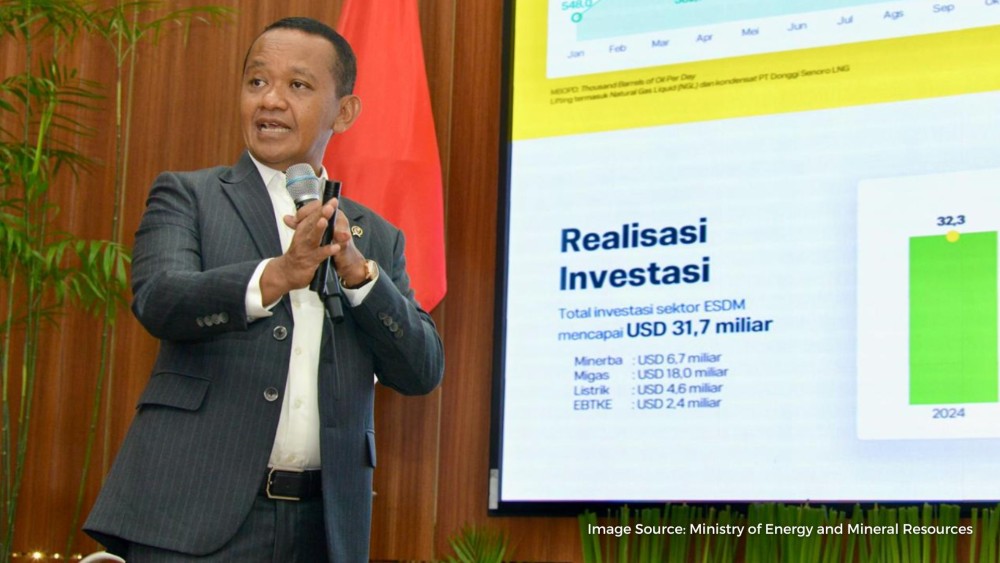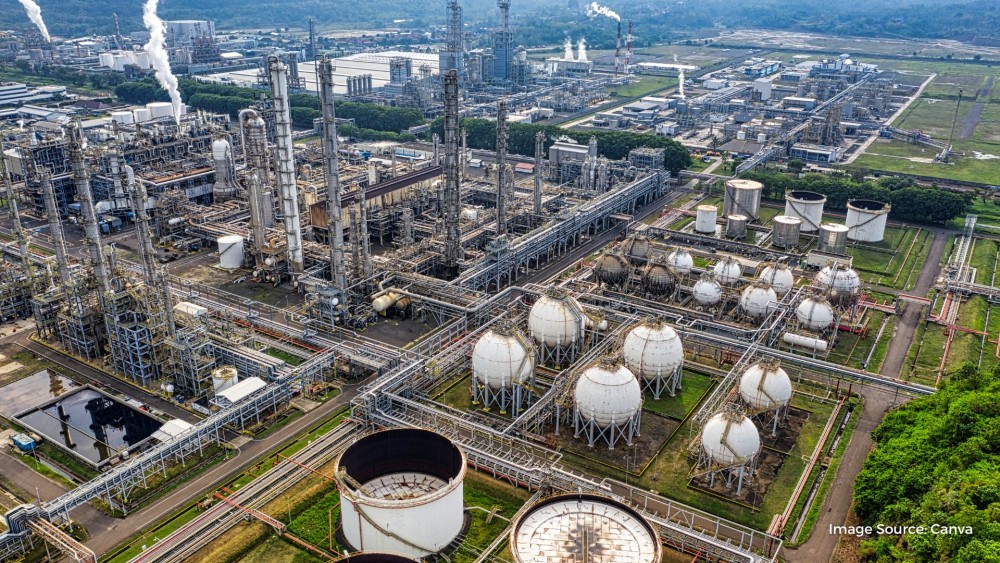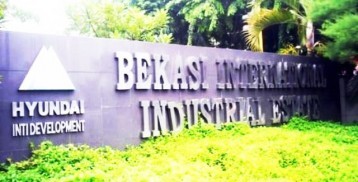Indonesia’s construction sector remains sturdy
13 Mar 2024

Businesses operating in Indonesia’s construction sector are probably breathing a sigh of relief now.
Based on the quick count results of the national 2024 general election this February, the outcome of Indonesia’s presidential election was relatively clear. Former Army General and current Minister of Defense Prabowo Subianto would be sworn in as the country’s 8th President later this October.
Mr. Subianto’s likely electoral victory may be regarded as a sign of certainty for the prospects of the country’s construction sector as a whole. Backed by the incumbent, President Joko Widodo, Mr. Subianto has pledged to continue Mr. Widodo’s infrastructure’s drive, as opposed to the more ambivalent positions taken by the opposing candidates, Former Governor of Jakarta Mr. Anies Baswedan and Governor of Central Java Mr. Ganjar Pranowo. This includes Mr. Widodo's landmark project: the New Capital City (IKN) Nusantara in the island of Kalimantan (Borneo).
Indeed, Mr. Widodo’s government has been relatively positive for the construction industry – which accounted for 9.86% of the nation’s Gross Domestic Product in 2023, making it the fifth largest contributor of the national economy. This is evident from the continuous increase in the state budget allocation to infrastructure projects year after year, which has grown from Rp 381.2 trillion (roughly US$24.3 billion in current exchange rates) in 2017 to Rp 422.7 trillion in 2024 – the intermittent declines in allocated budget being due to the impact of the COVID-19 pandemic in 2022, as well as Russia’s ongoing invasion of Ukraine and the resulting global inflationary pressure.
Government Budget for Infrastructure, in IDR trillion, 2017-2024
|
Year |
2017 |
2018 |
2019 |
2020 |
2021 |
2022 |
2023 |
2024 |
|
Budget |
381.2 |
394 |
394.1 |
281.1 |
417.4 |
365.8 |
392 |
422.7 |
Sources: Statista, Cabinet Secretariat of the Republic of Indonesia
In 2019, the Indonesian construction industry registered an annual growth rate of 5.8% in real terms, according to India-based Market Research. The overall trend has led most other institutions to forecast an annual growth rate of between 4 and 7% all the way from 2024 through to 2029.
For the near and medium term, at least two factors within Indonesia’s economic development story will serve as drivers for the country’s construction sector.
The first is the mining sector, which has, in the past couple of years, grown significantly thanks to the current administration’s decision to ban the export of raw mineral ores. Implemented in January 2020, the policy led to a massive influx of investments for the mining and processing of Indonesia’s nickel, an integral component of electric vehicles of which the country has a quarter of the world’s reserves – the largest in the world. Concurrently, Indonesia’s mined nickel production has jumped from just under 800,000 tons in 2020 to 2.03 million tons in 2023, or roughly more than half of the global output. Its mining industry export value also spiked upward by 103%, to $5.93 billion in 2022, compared to 2021, according to data from the Indonesian Statistics Agency.
Additionally, the raw mineral ore export ban was also issued to encourage the development of a domestic EV production ecosystem, which, if successful, would massively increase the country's export value, further improving Indonesia’s position in the global value chain. As Mr. Subianto has pledged to proceed with Mr. Widodo’s economic policies, his electoral victory would likely mean a continuation of this strategy, greatly benefiting businesses that operate in the heavy construction machinery and equipment sub-sector.
The second factor, as briefly mentioned above, is the development of IKN Nusantara, which is slated to be completed by 2045. The estimated $35 billion project was initiated in response to the situation in the current capital city of Jakarta, which has become highly populated, congested, and is gradually sinking due to subsidence. IKN Nusantara is designed with sustainability in mind, with various renewable energy-utilizing power plants as well as advanced, environmentally friendly, urban facilities planned for construction.
But Indonesia’s mining sector and IKN Nusantara are just part of the picture. Being the world’s third largest democracy with over 270 million people, a stable growing economy of 5% annually, an under-control inflation of between 3 and 5% in the past decade, and a debt-to-GDP ratio of less than 40%, Indonesia’s construction sector still has significant potential for growth. Amidst the current global inflationary pressure stemming from Russia’s war with Ukraine, the challenges posed by climate change, as well as the threat of another pandemic, Indonesia's construction sector is indeed looking quite sturdy.
















